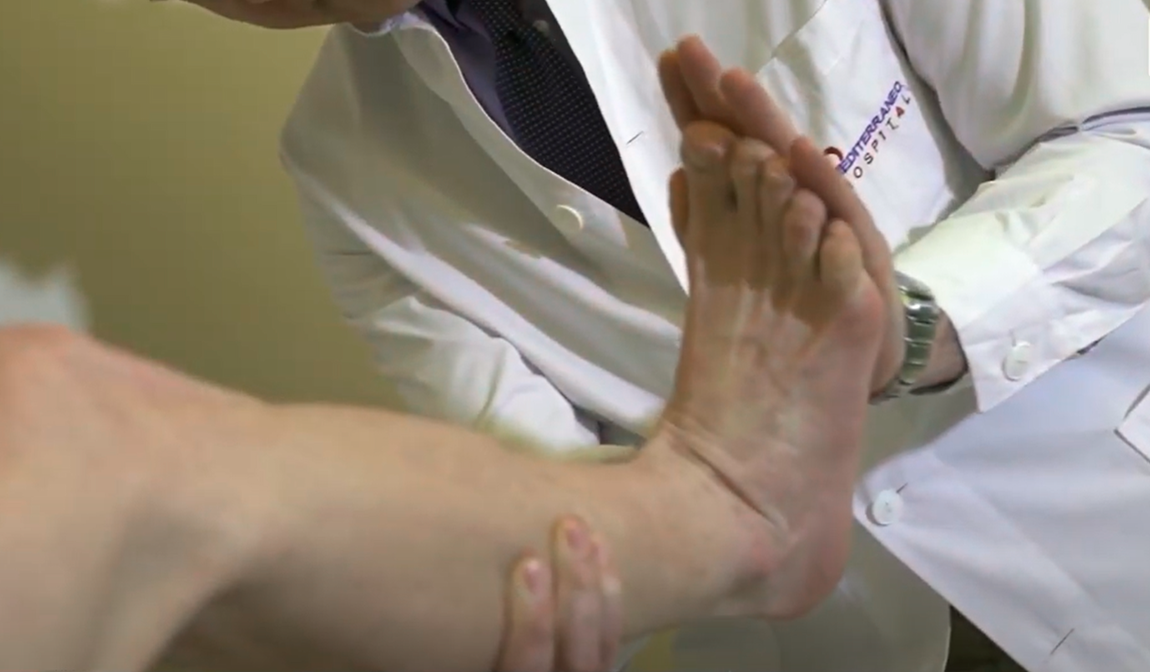Limb lengthening is a surgical procedure which aims to increase the length of a limb. Most often it is applied to the lower limbs (legs) but the term also refers to the lengthening of the upper limbs(arms).
Limb lengthening is achieved with the utilization of the principle of distraction osteogenesis. The principle consists of surgically breaking the bone and then gradually lengthening (distracting) it over an internal or external fixation device. Through the natural healing response of the body , new healthy bone is formed in the developing gap resulting eventualy in increased bone length.
The methods of bone fixation for the application of distraction osteogenensis include internal fixation devices (i.e intramedullary motorized telescopic nails like Stryde, Precise and others), or external fixation devices (i.e external fixator circular frames), or combinations of both (i.e LON and LATN).
The main indications for limb lengthening are the following: Limb length  discrepancy, Cosmetic limb lengthening, Achondroplasia (dwarfism) and Limb hypoplasia. Because of its complexity and potential risks, limb lengthening for cosmetic purposes is still considered a controversial treatment.
discrepancy, Cosmetic limb lengthening, Achondroplasia (dwarfism) and Limb hypoplasia. Because of its complexity and potential risks, limb lengthening for cosmetic purposes is still considered a controversial treatment.
Limb lengthening is a constant mental and physical challenge for the patients. What takes a few years for the nature to achieve, we do in few months. Because of its complexity, intensity and long duration of treatment, limb lengthening does requires an established protocol and care pathway covering all phases of limb lengthening treatment (i.e Patient selection- Patient education and informed consent process – Pre-operative planning and patient preparation- Surgery- Monitoring of recovery and rehabilitation).
In Athens BJR, we have structured our care around the need to support our patients physically and mentally through all phases of limb lengthening. Our standards of care combined with the unique Greek surroundings and mild weather offer the most soothing and pleasant condtions for your recovery.
